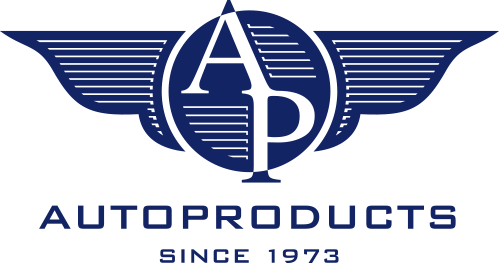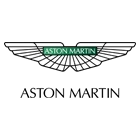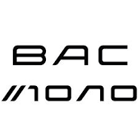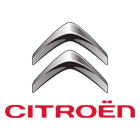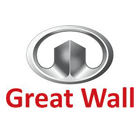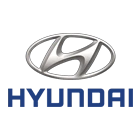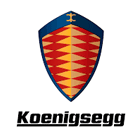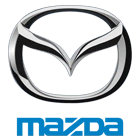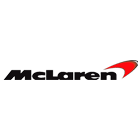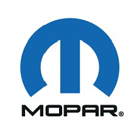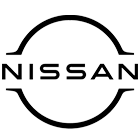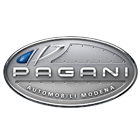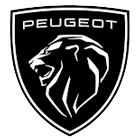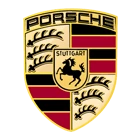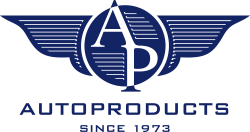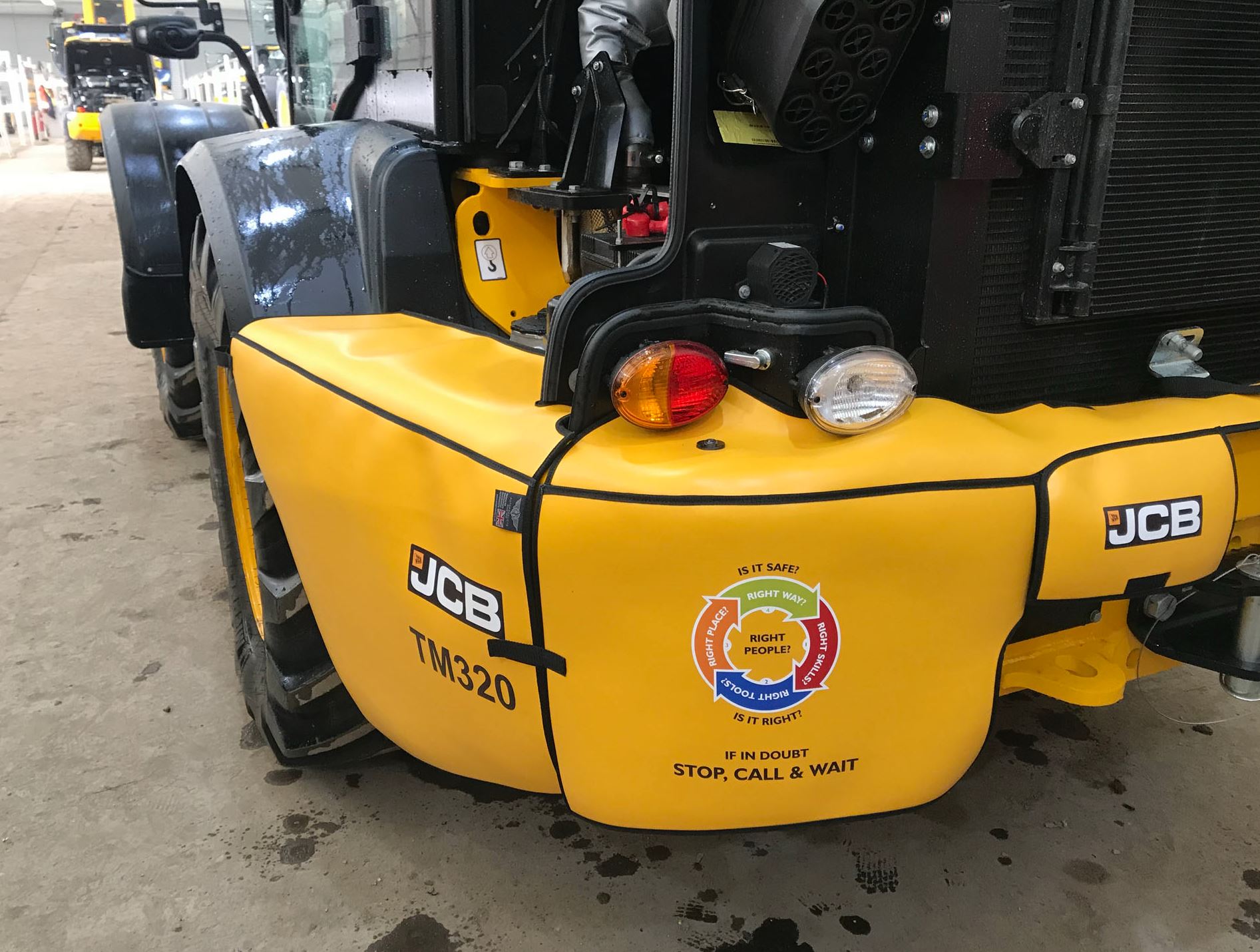
At Autoproducts we are very proud of our relationships with our customers and we try to work as closely as possible with them on initiatives to help their business, above and beyond being a product supplier. One way in which we do this is by getting involved in Profit Improvement Programmes (PIP) because we believe this is a business practice which can have a positive effect throughout the supply chain and will help improve both our business and that of our customer.
We recently got involved in a PIP with one of our customers, so we thought we would outline the ideas and motivations behind this and how it has positively impacted on our customer’s business.
What is a Profit Improvement Programme (PIP)?
PIP uses creative problem solving to improve profitability, but fundamentally utilises the collective individual capabilities of a workforce in a way which helps the business. PIP encourages existing personnel to look at the business in a different way and to positively impact the net income.
To do this, businesses encourage employees to look at all three elements which make up profit, ie. expense, loss and revenue. And through this, a group of employees can analyse different aspects of the business and identify quick wins and small changes which might improve the efficiency and profitability of the organisation.
Why is a PIP important?
People get used to the status quo in any business, and it is very easy to stagnate. Even if a business is performing well there is always room for improvement and a danger that the business can get overtaken and a workforce can become disengaged and lack motivation. So a PIP initiative can improve profitability but also engage the workforce and ultimately keep a business ahead of the competition.
At the same time, people don’t always like change, so it is important to manage this process properly, and equally, it is important to promote PIP throughout the supply chain. So if you are working to improve your profitability, you expect your suppliers to also, because in some cases, your product will only be profitable if the raw materials or services you receive have also been removed of waste and excessive cost.
How does a PIP work?
A typical profit improvement programme will work like this:
- Form a group or taskforce of suitable personnel to analyse processes and identify actions or operations which might improve profitability
- Have an organised agenda and identify objectives and measurable goals
- Insist on the commitment and cooperation of all participants
In order for the PIP to be successful you ideally need:
- Innovative and creative thinking
- A whole-process analysis
- Top-down management commitment
- Good communication
Ultimately, for a PIP idea to be successfully implemented you need to manage change and help people buy-into these changes. So emoplyees need to understand why a change is being introduced and what impact it might have. This is why it is important that employees and participants in the PIP understand the three elements of profit, as discussed earlier.
What are the outcomes of a PIP?
There should be no limits to how many ideas and initiatives come out of a PIP, but you do need to prioritise what you implement and obviously focus on the most achievable objectives. This is why all objectives need to be measurable in terms of profit. You then need to plan when a PIP idea should be implemented, what it will achieve and when that objective should be achieved. Ideally, this should be a tangible figure which improves bottom line profitability.
Other benefits of PIPs include:
- Better workforce morale
- Improved workforce commitment and loyalty
- Improved employee engagement because they can see their ideas being implemented and being impactful, rather than just seeing the negative impact of cost reductions
- Better productivity
- Keeps the business sharp and focused
- Gives the workforce a better and more rounded understanding of the business and its profit equation, and also how the workforce can influence that.
How have Auto Products improved profitability at their customers?
Through our innovative design team (using traditional and CAD methods), unique material, and our continious consultation with customers, we have been able to help save thousands of pounds on production costs for the likes of Lamborghini, Princess Yachts, Rolls-Royce, JCB, Bentley & Astom Martin. One clients save over £60,000 per annum just by protecting one element of their product through the produciton process – saving them time and money.
Our objectives when we discusss produciton protection producst with customers are:
- Increase efficiency by not having to re-finish or even re-make products coming off the production line
- Save money by not having to use paint and/or new parts to repair/replace damaged areas
- Increase profitability through time efficiency and reducing unnnecessary costs
If you want to talk to us about PIP in your business, get in touch today and we will be happy to explain how Autoproducts tailored protection can help improve your profitability and have a positive impact on many aspects of your business.
